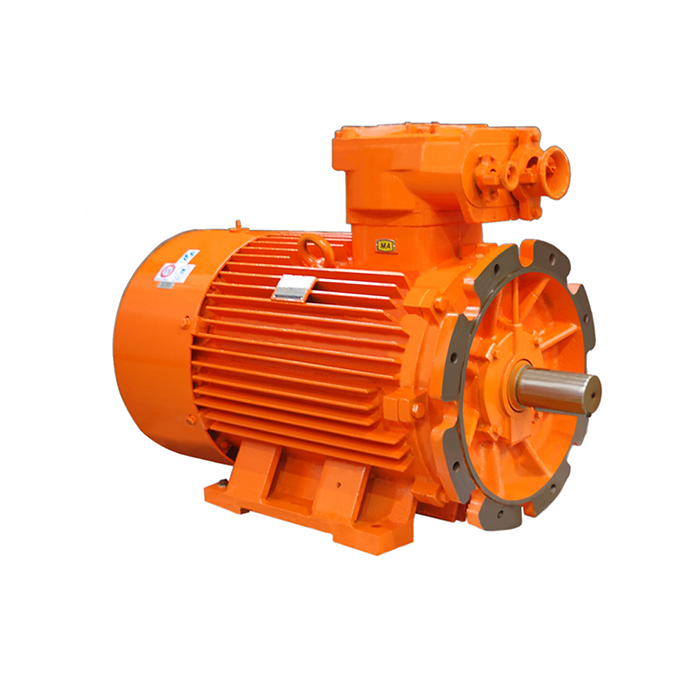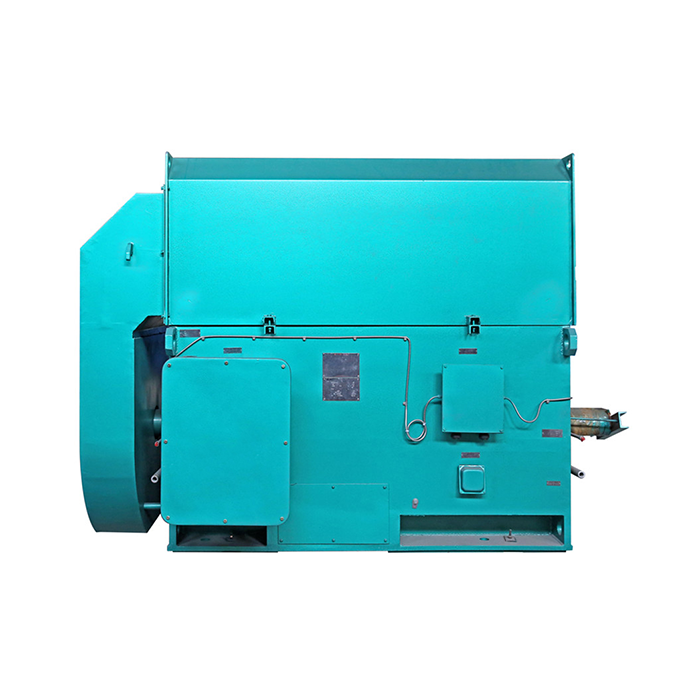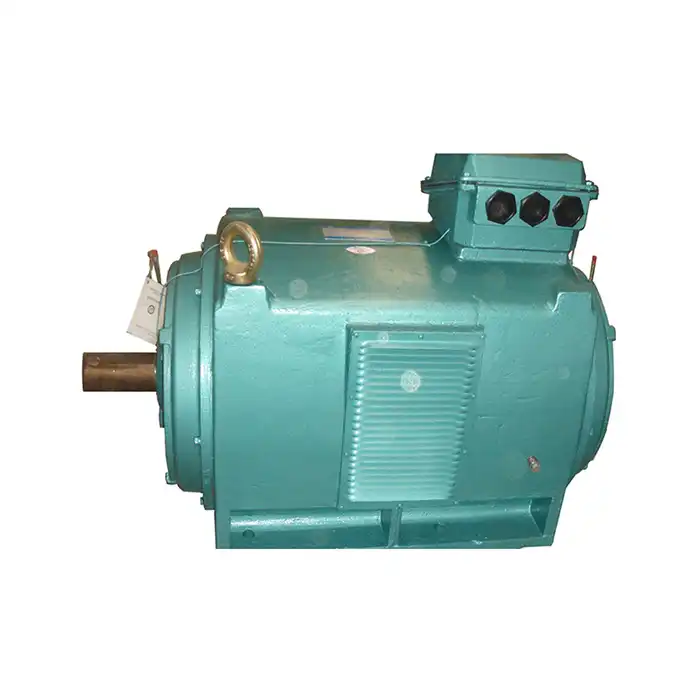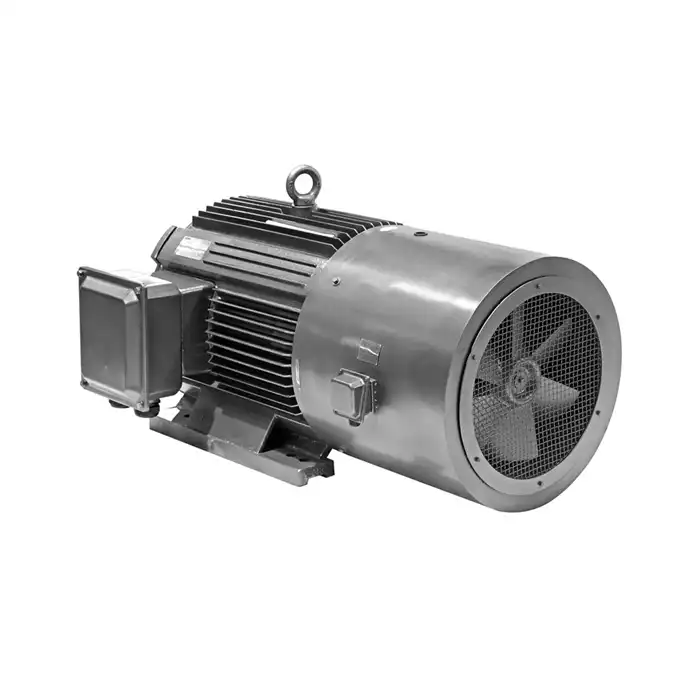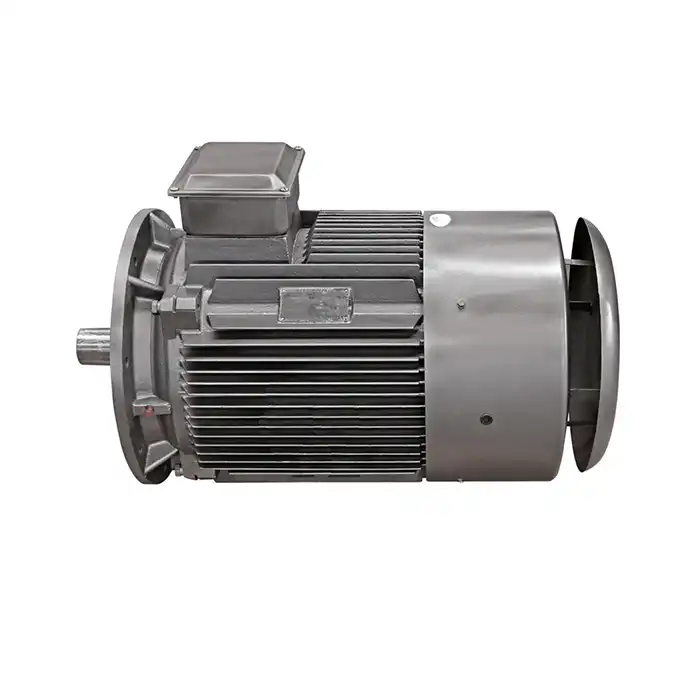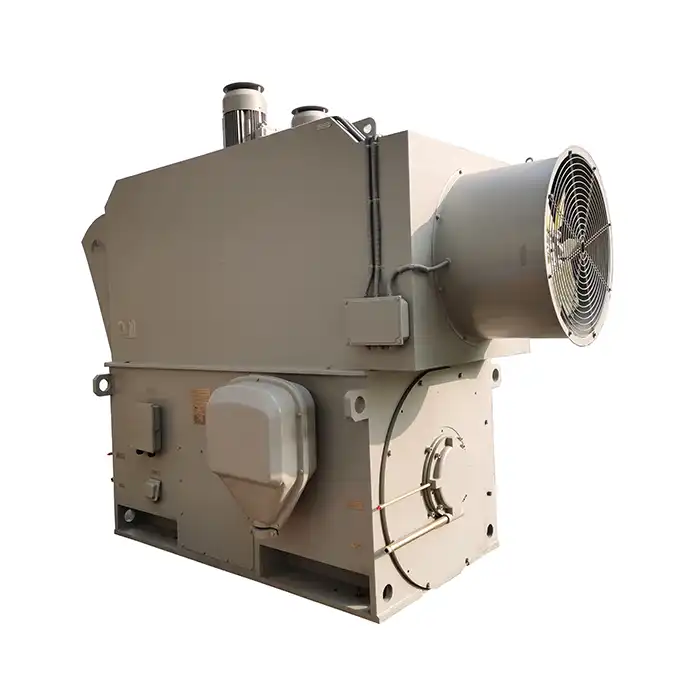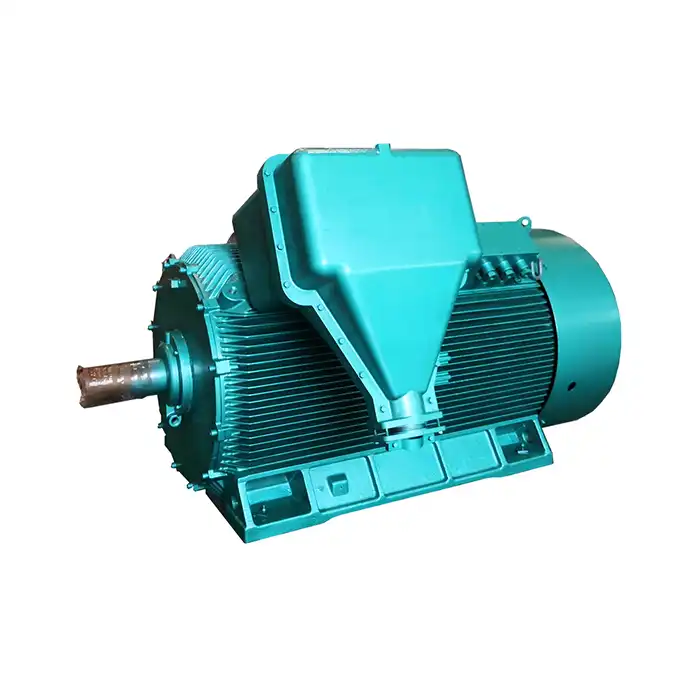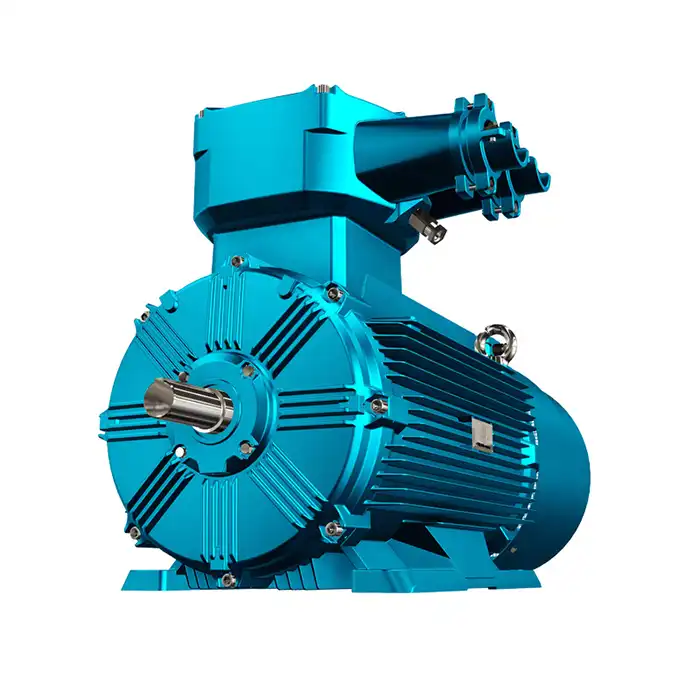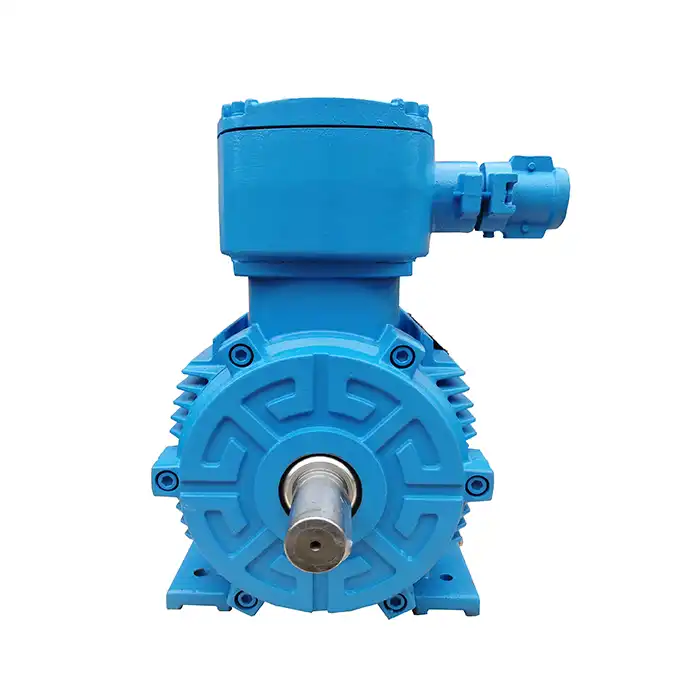Understanding T-Ratings in Explosive Atmospheres
T-ratings, or temperature classifications, are an essential part of the safety standards for equipment used in potentially explosive atmospheres. These ratings indicate the maximum surface temperature that a piece of equipment, such as an Exd motor, can reach under normal operating conditions.
The Importance of T-Ratings
In explosive environments, the temperature of equipment surfaces is critical. If the surface temperature exceeds the ignition temperature of the surrounding gases or vapors, it could lead to an explosion. T-ratings ensure that the equipment's maximum surface temperature remains below the ignition point of the hazardous substances present in the environment.
T-Rating Classifications Explained
The T-rating system comprises six classes, from T1 to T6. Each class corresponds to a specific maximum surface temperature:
- T1: 450°C (842°F)
- T2: 300°C (572°F)
- T3: 200°C (392°F)
- T4: 135°C (275°F)
- T5: 100°C (212°F)
- T6: 85°C (185°F)
As you move from T1 to T6, the maximum allowable surface temperature decreases. This means that a T6-rated motor has the most stringent temperature requirements, while a T1-rated motor allows for higher surface temperatures.
Relationship Between T-Ratings and Ignition Temperatures
The T-rating of a motor must be lower than the ignition temperature of the hazardous substances in the environment. For example, if the ignition temperature of a gas in your facility is 300°C, you would need to use equipment with a T2 rating or higher (T3, T4, T5, or T6) to ensure safety.
Selecting the Right T-Class for Your Application
Choosing the appropriate T-class for your Exd motor is crucial for both safety and operational efficiency. Several factors come into play when making this decision.
Assessing the Hazardous Environment
The first step in selecting the right T-class is to thoroughly assess the hazardous environment where the motor will operate. This involves identifying:
- The types of flammable gases, vapors, or dusts present
- The ignition temperatures of these substances
- The concentration levels of these substances
- The potential for changes in environmental conditions
This information will help determine the minimum T-rating required for safe operation.
Considering Operational Requirements
While safety is paramount, it's also important to consider the operational requirements of your application. Factors to consider include:
- The power output needed
- The expected duty cycle
- Ambient temperature conditions
- Any potential for overloading
These factors can affect the motor's operating temperature and, consequently, the required T-rating.
Balancing Safety and Performance
In some cases, you may need to balance safety requirements with performance needs. For instance, a motor with a lower T-rating (e.g., T1 or T2) might offer higher performance capabilities but may not be suitable for environments with lower ignition temperature substances. Conversely, a motor with a higher T-rating (e.g., T5 or T6) offers greater safety margins but may have limitations in terms of power output or operational flexibility.
Compliance with Industry Standards
Ensure that the selected T-class complies with relevant industry standards and regulations. These may include:
- IEC/EN 60079 series for electrical equipment in explosive atmospheres
- ATEX Directive 2014/34/EU in the European Union
- NEC 500-516 in North America
Compliance with these standards is not just a legal requirement but also ensures the highest level of safety in your operations.
Impact of T-Rating on Motor Performance and Safety
The T-rating of an Exd motor has significant implications for both its performance characteristics and safety features. Understanding these impacts is crucial for optimal motor selection and operation.
Effect on Motor Design and Construction
The T-rating directly influences the design and construction of Exd motors:
- Thermal Management: Motors with higher T-ratings (T4, T5, T6) often require more sophisticated cooling systems to maintain lower surface temperatures.
- Material Selection: The materials used in motor construction must be suitable for the temperature range dictated by the T-rating.
- Enclosure Design: The motor enclosure must be designed to effectively contain heat and prevent hot spots that could exceed the T-rating.
Performance Considerations
The T-rating can affect various aspects of motor performance:
- Power Output: Generally, motors with lower T-ratings (T1, T2) can achieve higher power outputs as they have more thermal headroom.
- Efficiency: The need for additional cooling in higher T-rated motors can sometimes impact overall efficiency.
- Size and Weight: Motors with higher T-ratings may be larger or heavier due to additional cooling components or more robust insulation.
Safety Implications
The T-rating is fundamentally a safety feature, and its implications are significant:
- Explosion Prevention: By ensuring the motor's surface temperature remains below the ignition point of surrounding substances, the T-rating is crucial in preventing explosions.
- Operational Flexibility: A motor with a higher T-rating provides a greater safety margin, allowing for more operational flexibility in varying environmental conditions.
- Risk Mitigation: In environments where the exact composition of flammable substances may vary, opting for a motor with a higher T-rating can provide an additional layer of safety.
Maintenance and Longevity
The T-rating also influences maintenance requirements and motor longevity:
- Cooling System Maintenance: Motors with higher T-ratings often have more complex cooling systems that require regular maintenance to ensure effective operation.
- Insulation Life: Lower operating temperatures associated with higher T-ratings can contribute to extended insulation life, potentially increasing the overall lifespan of the motor.
- Monitoring Requirements: The critical nature of temperature control in Exd motors necessitates careful monitoring, especially for motors operating close to their T-rating limits.
Adaptability to Environmental Changes
The T-rating affects how adaptable a motor is to changes in its operating environment:
- Ambient Temperature Fluctuations: Motors with higher T-ratings are generally more capable of handling fluctuations in ambient temperature without compromising safety.
- Process Variability: In industries where process conditions may change, a motor with a higher T-rating provides more flexibility to accommodate these changes without requiring equipment replacement.
Call to Action: Choose XCMOTOR for Your Exd Motor Needs
We at XCMOTOR know how important it is to choose the correct Exd motor for your applications in dangerous environments. No matter what your requirements are, we are certain that our wide selection of Exd motors, which spans T1 through T6, will meet them. Modern thermal management methods were integral to the development of our motors, allowing them to provide maximum performance without sacrificing safety.
In the sectors that deal with explosive environments, XCMOTOR has been a reliable partner for decades thanks to its expertise in producing Exd motors. In addition to providing professional advice, our stellar reputation as an exd motor factory guarantees the delivery of dependable, high-quality goods. Find the perfect motor that meets your performance needs while also meeting all safety regulations with the help of our team of experts.
Don't compromise on safety or performance. Contact XCMOTOR today at xcmotors@163.com to discuss your Exd motor requirements and discover how our solutions can enhance your operations while ensuring the utmost safety in hazardous environments.



